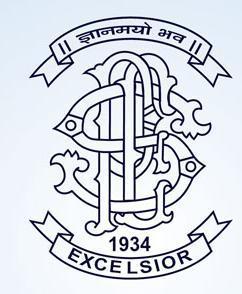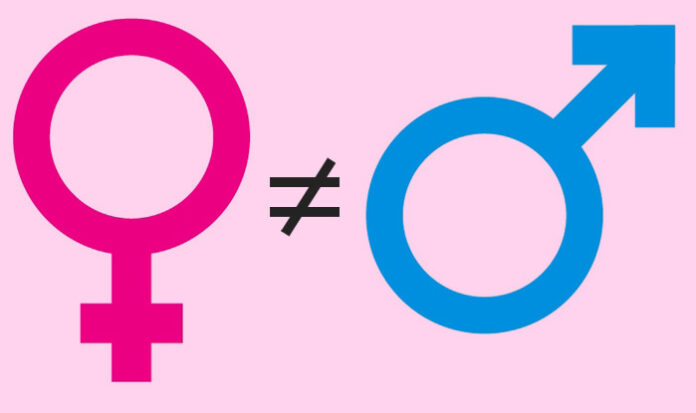The Indian Penal Code which was drafted by Lord T.B. Macaulay and his law commissioners in 1860 criminalizes rape as a coercive non consensual sexual intercourse with a woman based on the existing sexual mores in India that time. Macaulay devoted clauses 359 and 360 to the offence of rape.
A man is said to commit rape except in the cases hereinafter excepted, has sexual intercourse with a woman under circumstances falling under any of the five following descriptions. Firstly against her will, secondly without her consent while she is insensible, thirdly with her consent when her consent has been obtained by putting her in the fear of death or hurt and fourthly with her consent when man knows her consent is given because she believes that he is different man to whom she is or believe herself to be married and fifthly with or without her consent when she is under nine years of age. As an exception, it is clear in the code that Sexual intercourse by a man with his wife is no case rape. If she was not married, she had no right to give her consent to any person whatsoever, the fact that she gave it was sufficient to acquit a man.
In the rape cases the courts usually used to take into consideration of the details of the victims profile such as her age, character and past history in determining the severity of punishment and to obtain justice. Rape as a social phenomenon, where socio-cultural factors, gender roles, socialisation and social stratification reflects the meaning, definitions and impact, the rape laws reflects undesirable statues quo and on-equalitarian system of justice when arguing that poor woman is less sensitive because she is less able to protect. Women of the low caste in India, whose economic status was as low as their social status, did not find it easy to evade assaults on them by men of more powerful social groups. Consent is relevant to rape and if the woman’s consent be proved, then there is no rap Women as considered capable of giving her consent at very young age and high caste woman’s
violations by low caste men as the most heinous rapes, requiring strictest punishment. While drafting the sections of rape, abduction, the British law commissioners had assumed Indian morality to the principles professed by upper caste men.
1861, Parsi reformer Malabari campaigned to increase the minimum age of consent for married and unmarried girls from 10 to 12. Medical reports of phulmonee claimed that she died of violent sexual penetration and cases of premenstrual cohabitation and assault reported by medical doctors .
As a result, Criminal Law amendment Act , which revised sec 375 of the IPC. The sections 375 and 376 of the IPC which deals with the offense of rape remained unchanged in the statute books, until Mathura rape case and the amendments thereafter. The Mathura rape cases galvanised the women’s movement which attempted to challenge the prevailing legal and social understanding of rape and consent. The Mathura judgement had highlighted that in a rape trial it is extremely difficult for a woman to prove that she did not consent “beyond reasonable doubt” as was required under criminal law. The demand of the campaign was firstly the burden of proving that she had consented should be on the accused 2 and secondly in a rape trial a woman’s past history and general character should not be used as evidence.
2016-17-Vol2-Issue2-_9



